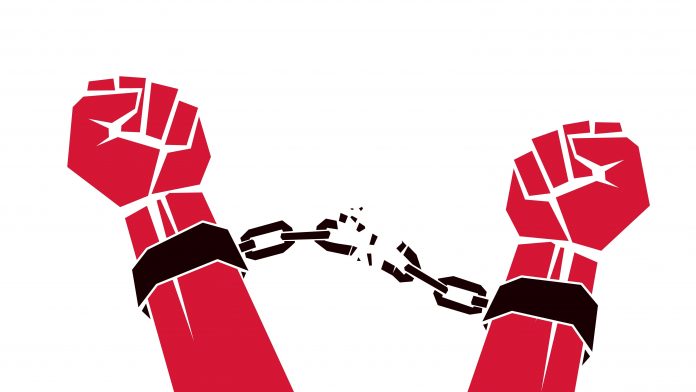(Oranjestad)—On July 1st, Suriname and the former Dutch Antilles commemorate the abolishment of slavery within the Dutch Kingdom. Although the scale of slavery in Aruba was not as big as in our sister islands, we find that it is still important to acknowledge and give recognition to the Afro-Caribbean descendants that still live on the island, and the influence that their ancestors have had on the make up of the Aruban Culture.
Brief history
In Aruba, there were two slave routes that occurred on the island during the colonial era: The Amerindian Slave Trade and the African Slave Trade. Before the African slave trade was introduced in Aruba, many of the Amerindian Caquetios were subjected to slavery, mostly by the hands of Spanish colonizers. A large part of the Caquetio community on the island were exported to Hispaniola (Dominican Republic) and were forced to work in the land mines. After the Dutch gained control of the island, many Amerindian natives were forced to work for them.
The history of African slavery in Aruba was one that was relatively short-lived compared to the rest of the Caribbean region. Furthermore, African slavery on the island came in two waves: A short 4-year wave from 1715 to 1719, and another longer wave from the late eighteenth century up to the 1863, the year in which slavery was abolished within the Dutch Kingdom. By that time, 496 enslaved Africans on Aruba were emancipated, and they integrated relatively easy in the free Aruban society. Many went to work in the police force, while other became successful merchants.
The Afro-Caribbean influence on Aruban culture
Because the formerly enslaved were able to integrate easily and fast in Aruban society, they did not form a separate subculture. In fact, white colonists, Amerindians, and Africans intermixed, resulting in Aruba’s Mestizo-Creole population of today. This intermixture of culture and race also brought with it certain aspects that is still prominent in the modern cultural identity. In terms of African influences on our culture, this can be seen in all areas of our cultural identity, ranging from folk tales, music and dance to even food and way of life. For example, as children, Arubans grow up hearing tales of the trickster spider Compa Nanzi (Anansi), introduced in Surinam and the Dutch Antilles by African slaves. Popular music and dance genres on the island, like the tumba and tambu, are also based on African influences. Soul food on the island is heavily based on Afro-Caribbean dishes found in other islands as far as Jamaica and Trinidad. It was only later on, during the 20th and 21st century that Aruba saw a rise in Latino-American influences on our culture and way of living. However, the African-Caribbean impact on our cultural identity is still very much prominent.
Source: Places of Memory: Aruba and the Slave Trade Route (2007) by Luc Alofs.

















